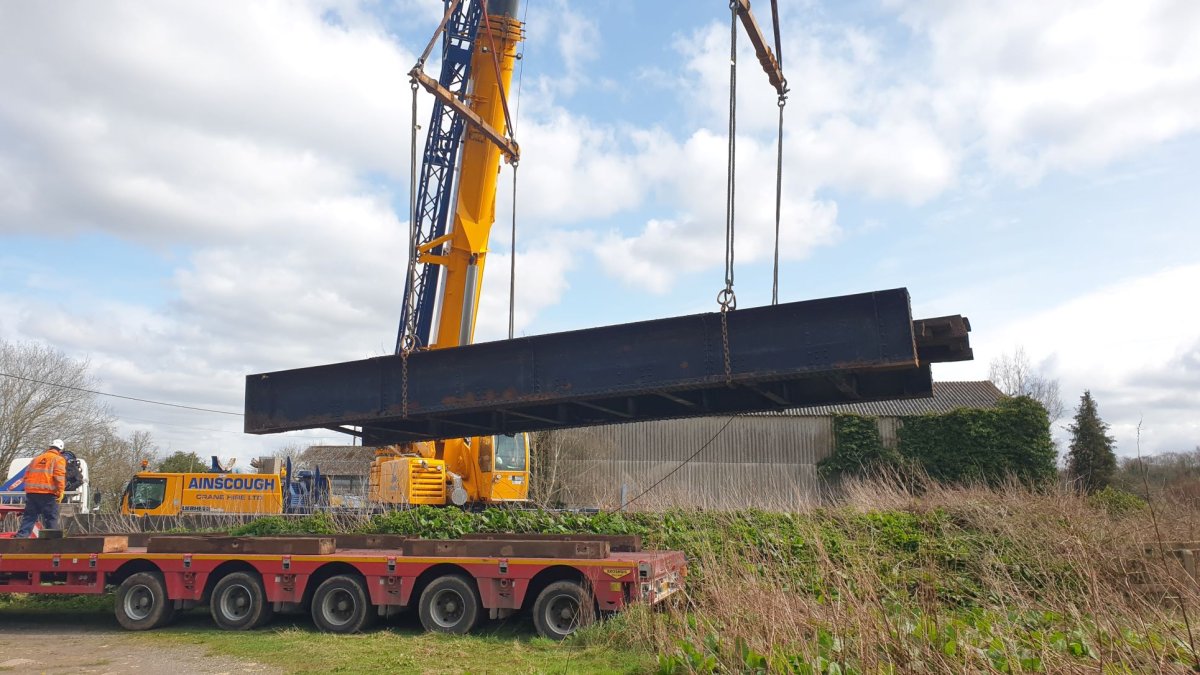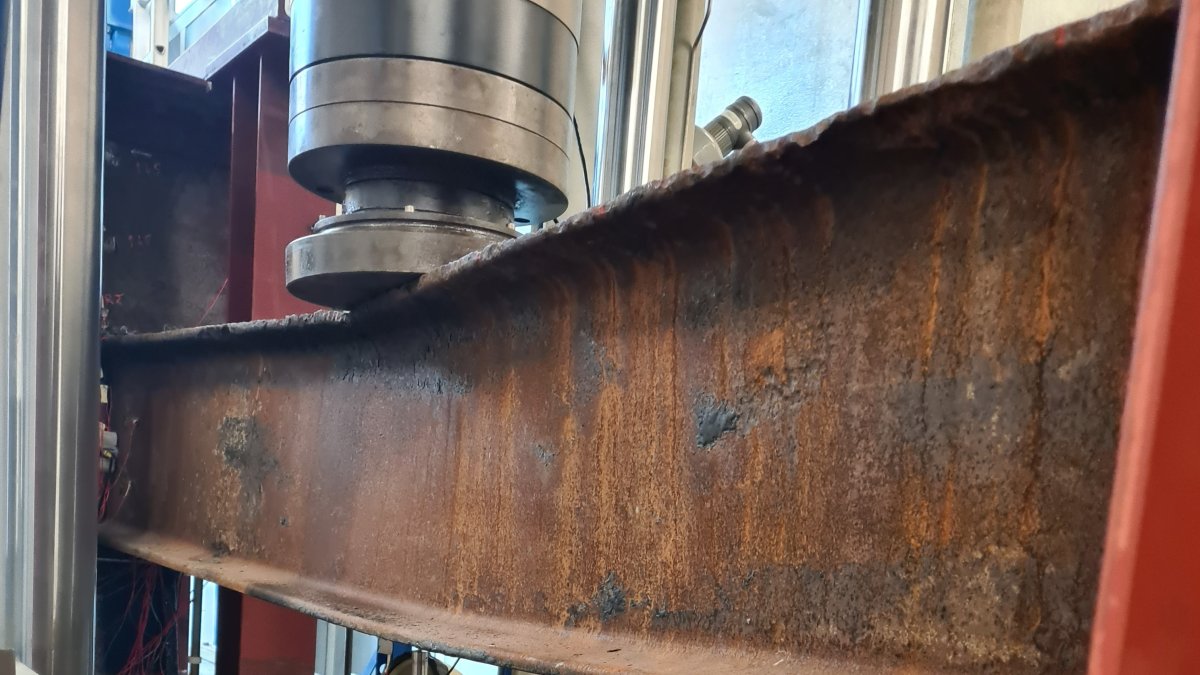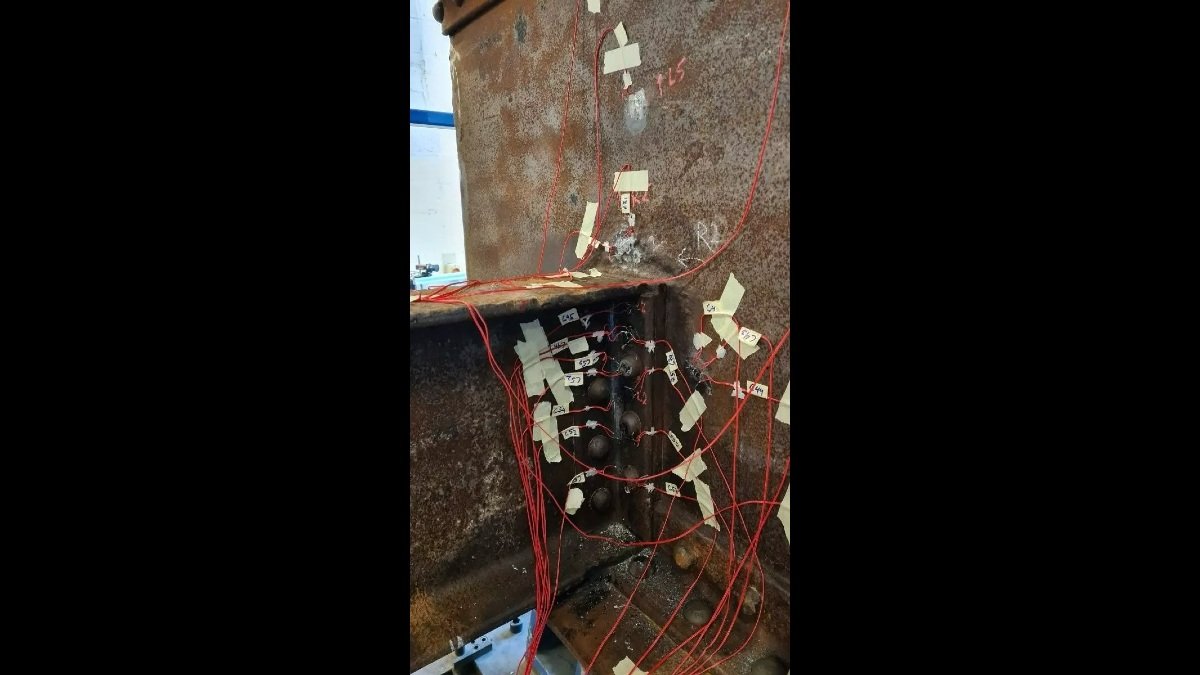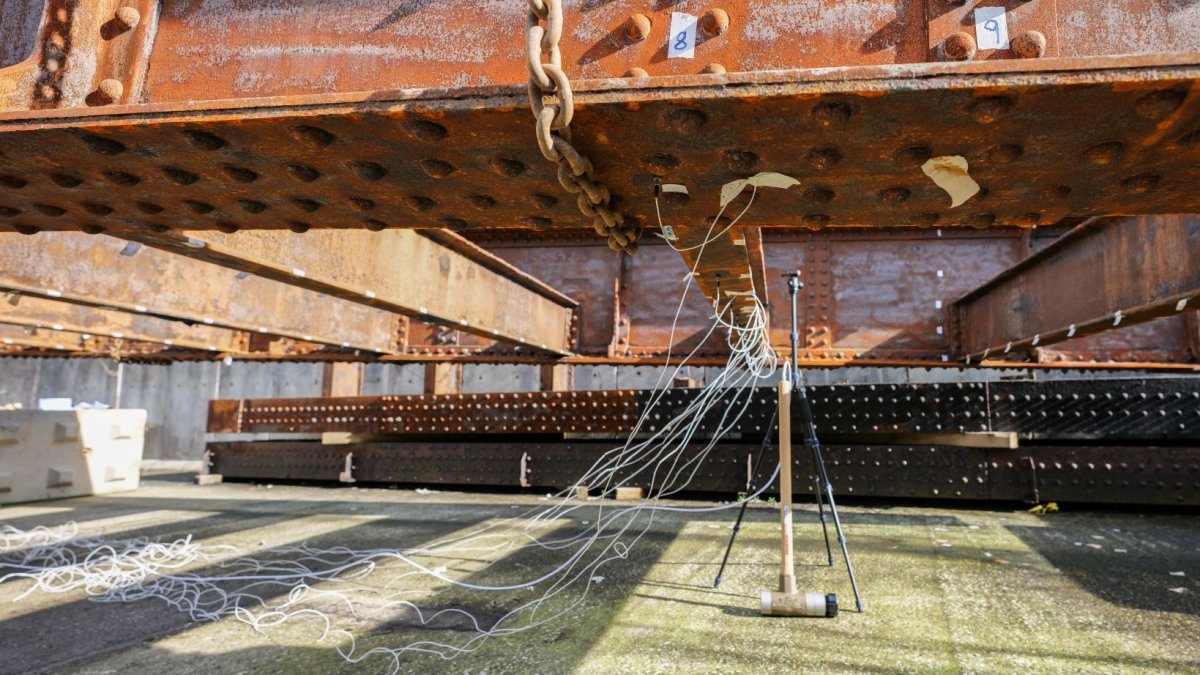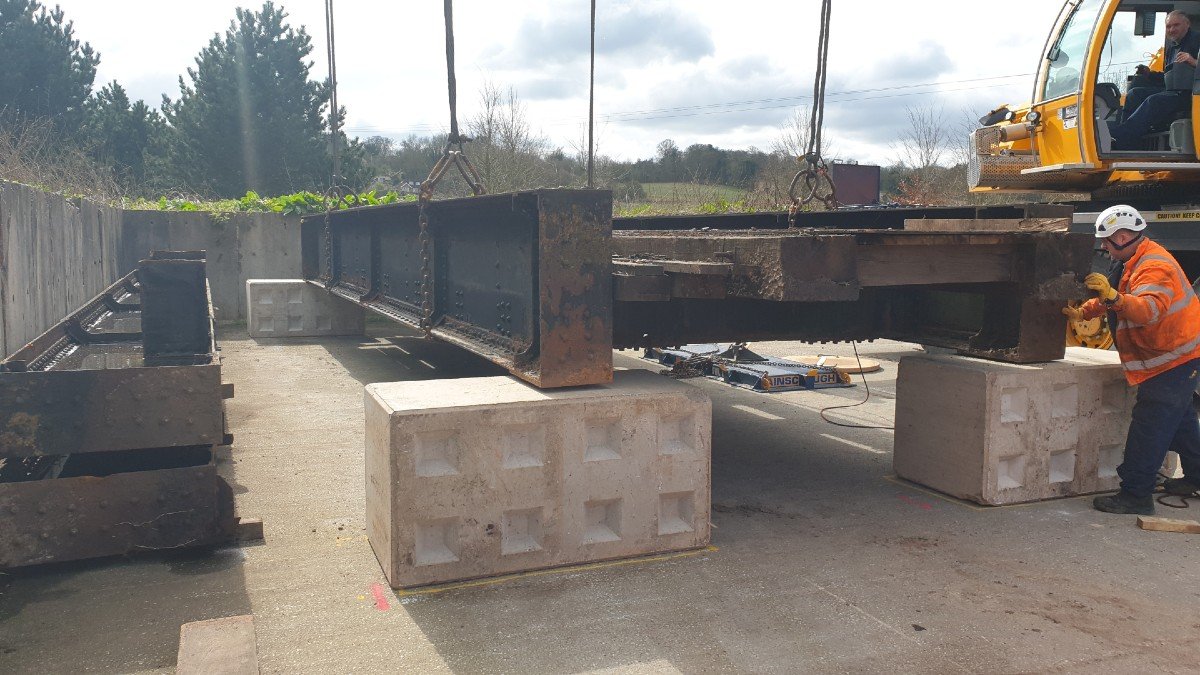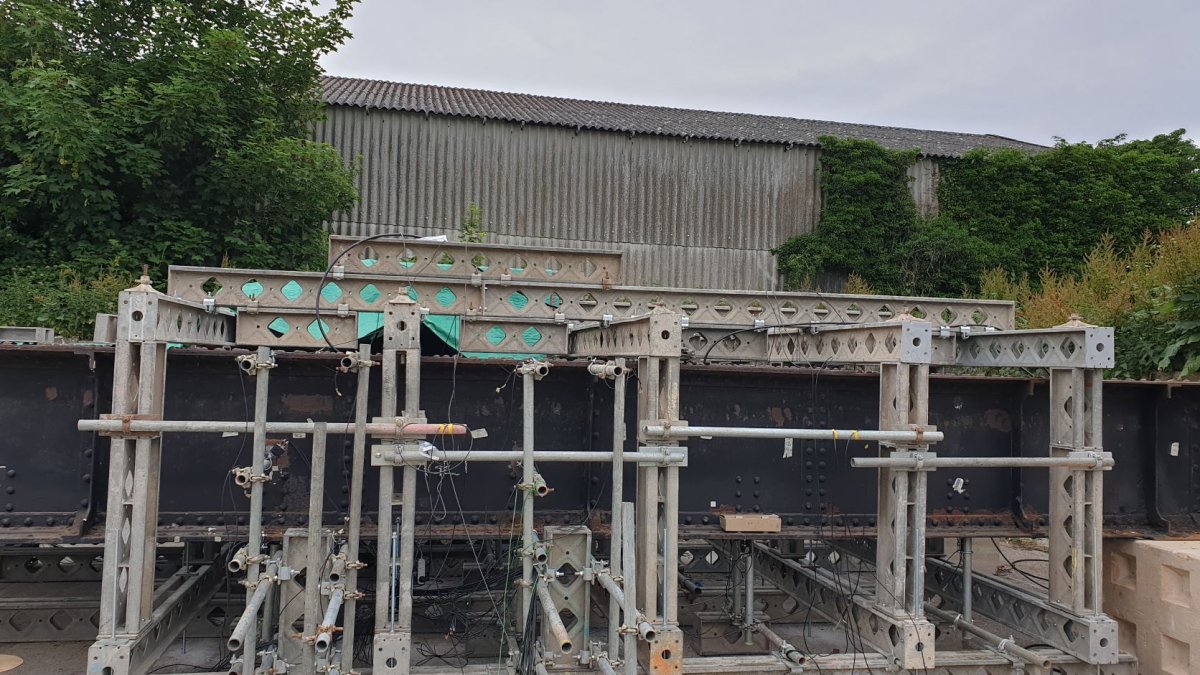Fatigue and U-frame assessment of metallic railway bridges
Start date
March 2020End date
March 2024Overview
The majority of metallic railway bridges in UK, approximately 10,000 in total, are already exceeding 100 years of age and are approaching the end of their theoretical service life. Replacement of these structures will be extremely expensive and practically impossible unless phased-in over several decades. Therefore, in many cases, rehabilitation and repair options need to be further developed, since they will be more economic and compatible with available resources. However, even this course of action is likely to create severe logistical problems on the railway network, if deemed necessary on a large scale. The principal objective of this project, i.e. better understanding, modelling and prediction of a bridge’s fatigue and U-frame performance, will lead to a more effective use of limited and stretched resources and can reduce the rate of rehabilitation/repair or unwarranted early replacement, thus keeping the railway network operating for longer periods without unnecessary disturbances.
The project reviews critically existing fatigue and U-frame assessment methods used by Network Rail to identify their limitations and inherent uncertainties arising due to the non-standardised designs that were used during construction in the late 19th and early 20th centuries. The project specifically focuses on a better understanding of fatigue in the context of specific materials and assembly methods used in railway bridges, followed by development of modelling techniques that can lead to more accurate prediction of a bridge’s fatigue performance. A major part of the project involves execution of an experimental programme, consisting of small-scale and full-scale static and fatigue tests of materials/components extracted from a disassembled old metallic railway bridge provided by Network Rail, which will be used to benchmark and verify analytical/numerical methods and models and assess their predictive capability and accuracy. The outcomes of this applied research will feed into the standardisation and dissemination of these issues and their integration within existing rules.
Funding amount
£565,000
Funder
Network Rail
Team
Principal investigator

Dr Boulent Imam
Associate Professor (Reader) in Civil Engineering
Biography
Dr Boulent Imam graduated with an Honours B.Sc. degree from the Middle East Technical University in Ankara, Turkey. He obtained his M.Sc. in Structural Engineering with Distinction from the University of Surrey in 2002. His M.Sc. dissertation was on the probabilistic fracture assessment of the Northridge moment resisting connections and led to the publication of two papers. Dr Imam continued his studies at the same university where he successfully defended his PhD in June 2006. Dr Imam's PhD work focused on the fatigue analysis of riveted railway bridges and was funded by EPSRC and Network Rail. He developed a general methodology for the fatigue assessment of riveted railway bridges, through finite element (FE) analysis, by concentrating on the fatigue behaviour of their primary connections.
Following the completion of his PhD in June 2006, Dr Imam continued his research as a postdoctoral researcher at the University of Surrey. He expanded his experience in load modelling by investigating the effect of future load evolution scenarios on the remaining life of riveted railway bridges. Parallel to this study, he also investigated, as a continuation of his PhD work, the application of novel assessment methods for more reliable remaining fatigue life estimation of riveted bridge connections.
In November 2007, Dr Imam was appointed as a Lecturer in Civil Engineering at the Faculty of Engineering and Physical Sciences in the University of Surrey. He was promoted to Senior Lecturer in 2013. Dr Imam has contributed significantly towards in-depth understanding of the fatigue behaviour of riveted railway bridges and developed methods for more reliable quantification of their remaining fatigue life taking into account historal rail traffic, novel fatigue assessment methods, loading, resistance and modelling uncertainties as well as system effects. Later on, he extended his work on fatigue towards developing fracture mechanics guidelines for the assessment of fatigue crack growth in steel bridge details towards the optimisation of inspection and maintenance planning in steel bridges. Recently, Dr Imam has provided valuable insight towards understanding the potential impacts of climate change on bridges and quantifying the resilience of bridge infrastructure against these impacts by developing a risk-based framework for assessing the reliability of bridges over time by considering long-term material deterioration and bridge scour as well as the consequences of failure of bridges. This is complemented by his research in the area of climate change adaptation and asset management.
Co-investigator

